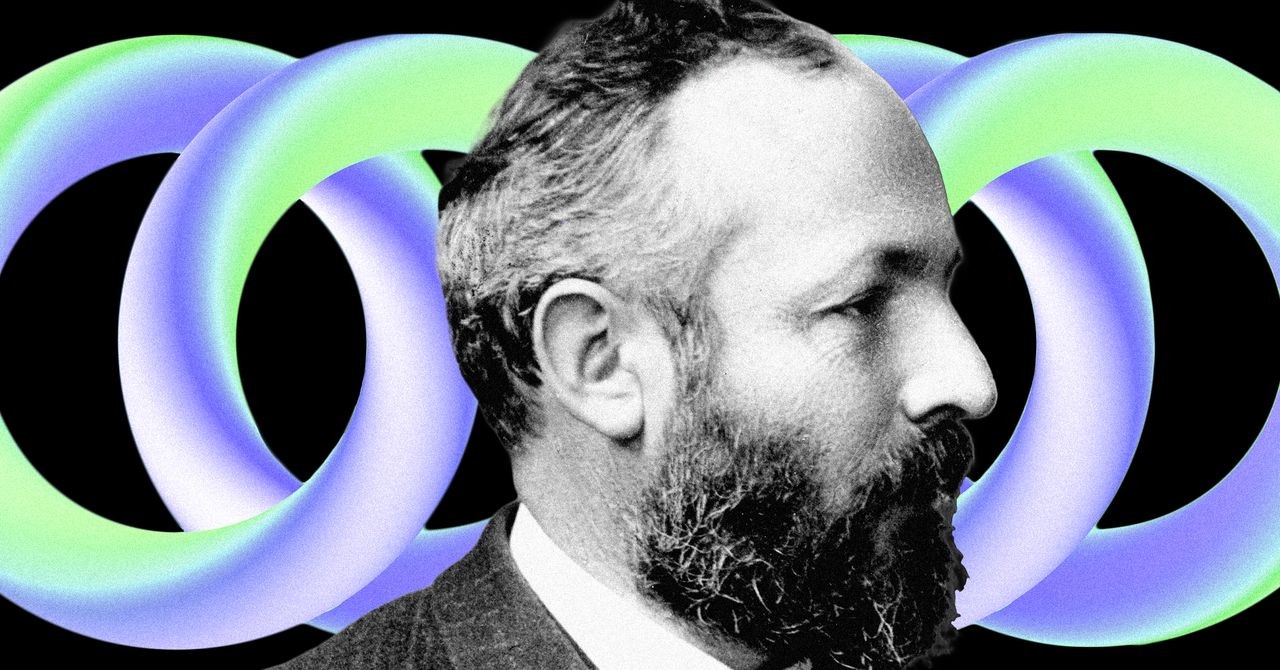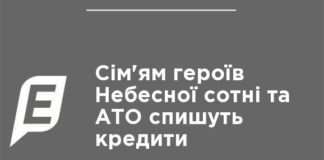Georg Cantor, a 19th-century mathematician, is now recognized as a pivotal figure in the development of set theory, a revolutionary concept dealing with infinity. However, a lesser-known aspect of his life involved a fervent attempt to persuade the Catholic Church of the validity and significance of his work, believing it held a deeper connection to the divine. This period of Cantor’s life, coinciding with his increasing mental instability, reveals a fascinating intersection of mathematics, faith, and personal conviction.
Cantor’s Revolutionary Ideas and Initial Rejection
In the late 1870s, Cantor introduced his “naïve” set theory, a groundbreaking approach that challenged existing mathematical understanding. His work demonstrated the existence of different sizes of infinity, a concept that initially caused both excitement and fierce opposition within the mathematical community. Cantor was deeply disappointed by this initial resistance, fueling a belief that he was directly inspired by a “divine intellect”—a conviction similar to that of the Blues Brothers on a mission from God.
Seeking Acceptance Through Faith
Facing criticism and isolation within the mathematical world in 1883, Cantor sought new avenues for validation. He turned his attention to the Catholic Church, particularly during the papacy of Leo XIII, who showed a keen interest in science. Leo XIII, a strong advocate for scientific advancement, had established a Vatican astronomical observatory, equipped with modern instruments and staffed by professional astronomers. Cantor saw an opportunity to present his ideas to a receptive audience, believing that set theory could illuminate the infinite nature of God—effectively mirroring the divine in mathematical form.
A Delicate Sell: Cardinal Franzelin’s Response
Cantor’s initial contact was with Cardinal Johannes Franzelin, a leading Jesuit theologian of the Vatican Council. Franzelin’s response in 1885, while initially positive regarding set theory’s stance on Christianity, raised concerns. He suggested Cantor’s work, though not intentionally so, contained elements of pantheism—the belief that God is everything and everything is God—a concept incompatible with Catholic doctrine.
Cantor swiftly countered this by proposing a distinction between two infinities: the Infinitum aeternum increatum sive Absolutum (eternal, uncreated, or absolute infinity) reserved for God, and the Infinitum creatum sive Transfinitum (created or transfinite infinite) accessible to humanity. While Cardinal Franzelin politely acknowledged the minimal points raised, he firmly advised Cantor against further correspondence.
Persistent Overtures and Growing Eccentricity
Despite the lukewarm reception, Cantor continued to engage with religious figures, contacting a Catholic priest and a Dominican priest hoping to demonstrate the value of his theories. Cantor’s increasing preoccupation with proving his theories was coupled with other increasingly unusual pursuits. He became convinced that the English philosopher Francis Bacon was the true author of Shakespeare’s plays—a popular but ultimately unfounded belief, a clear sign of his declining mental well-being.
Cantor’s Champions and Hilbert’s Pure Existence Proof
Amidst Cantor’s struggles, he found supporters within the mathematical community. German mathematician David Hilbert championed Cantor’s work and the concept of a “pure existence proof,” a technique that could establish a mathematical proposition without requiring a detailed demonstration. Hilbert’s student famously described Hilbert’s pure existence proof as ex ungue leonem —”from the lion’s claws.” Hilbert used this powerful technique to prove Gordon’s theorem, initially unsolvable, although Paul Gordon initially criticized Hilbert’s approach. Ultimately, Gordon conceded that “theology also has its merits.”
The Founding of the German Mathematical Society and a Missed Confrontation
In the 1890s, Cantor channeled his energy into establishing the Deutsche Mathematiker Vereinigung (German Mathematical Society), intending to create a platform for mathematical discourse. He even orchestrated a “trap” for Leopold Kronecker, hoping to expose flaws in Kronecker’s thinking through his diagonal method of proving the uncountability of real numbers. However, Kronecker’s wife’s tragic death prevented this confrontation.
Legacy and Enduring Significance
The First International Congress of Mathematicians in 1897 acknowledged Cantor’s profound contribution to mathematics, prompting a renewed focus on his work. Despite the emergence of logical paradoxes within set theory and Cantor’s ongoing struggles, his ideas continued to gain acceptance. Cantor’s theory stands as a cornerstone of mathematical logic, a testament to the enduring power of his ideas and his unwavering conviction in their significance, even in the face of personal hardship.
Cantor’s life serves as a reminder that scientific breakthroughs can emerge from a complex interplay of brilliance, faith, and, sometimes, profound personal struggle.
Excerpt adapted from The Great Math War: How Three Brilliant Minds Fought for the Foundations of Mathematics by Jason Socrates Bardi. Published by arrangement with Basic Books. Copyright © 2025 Jason Socrates Bardi






















